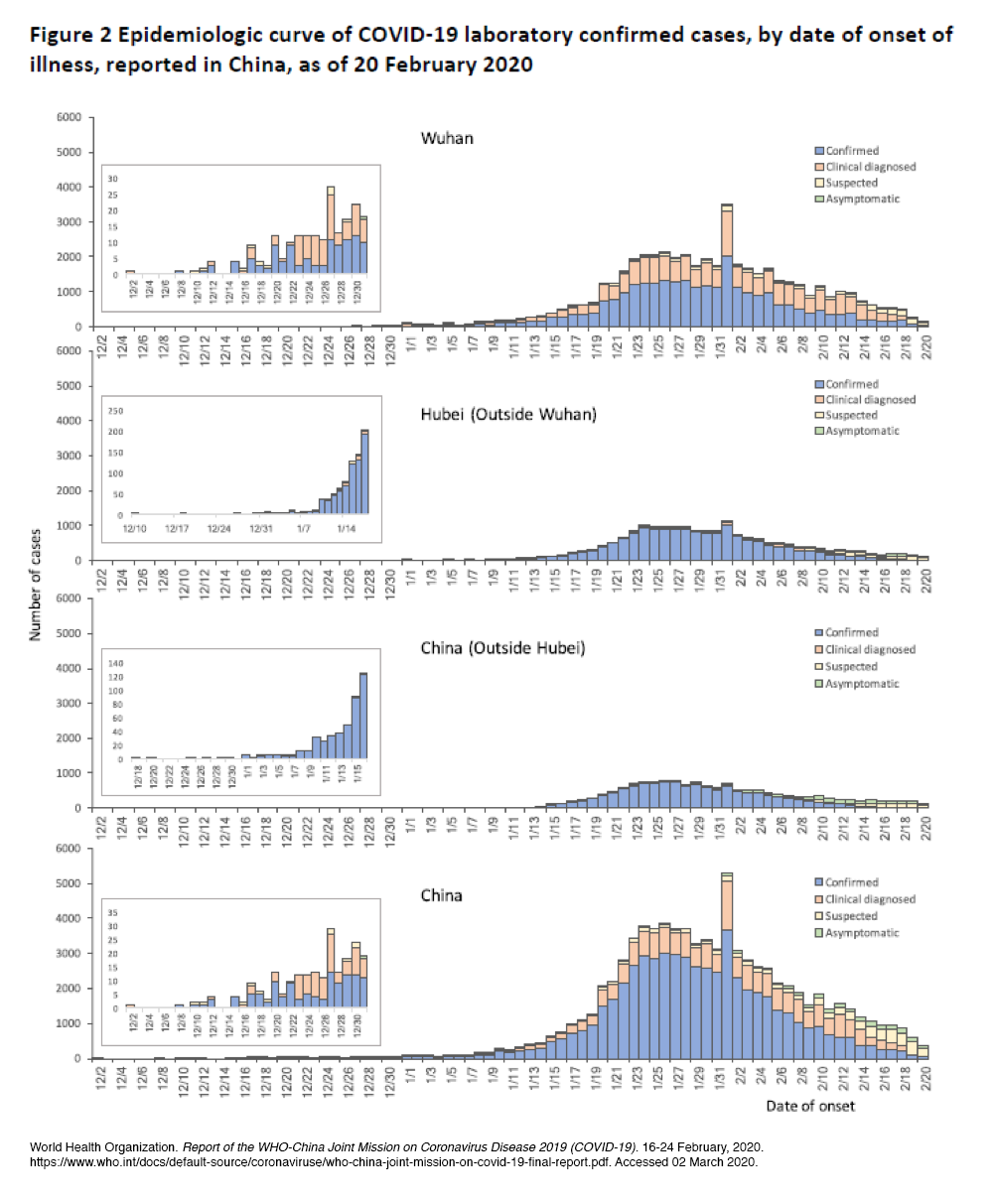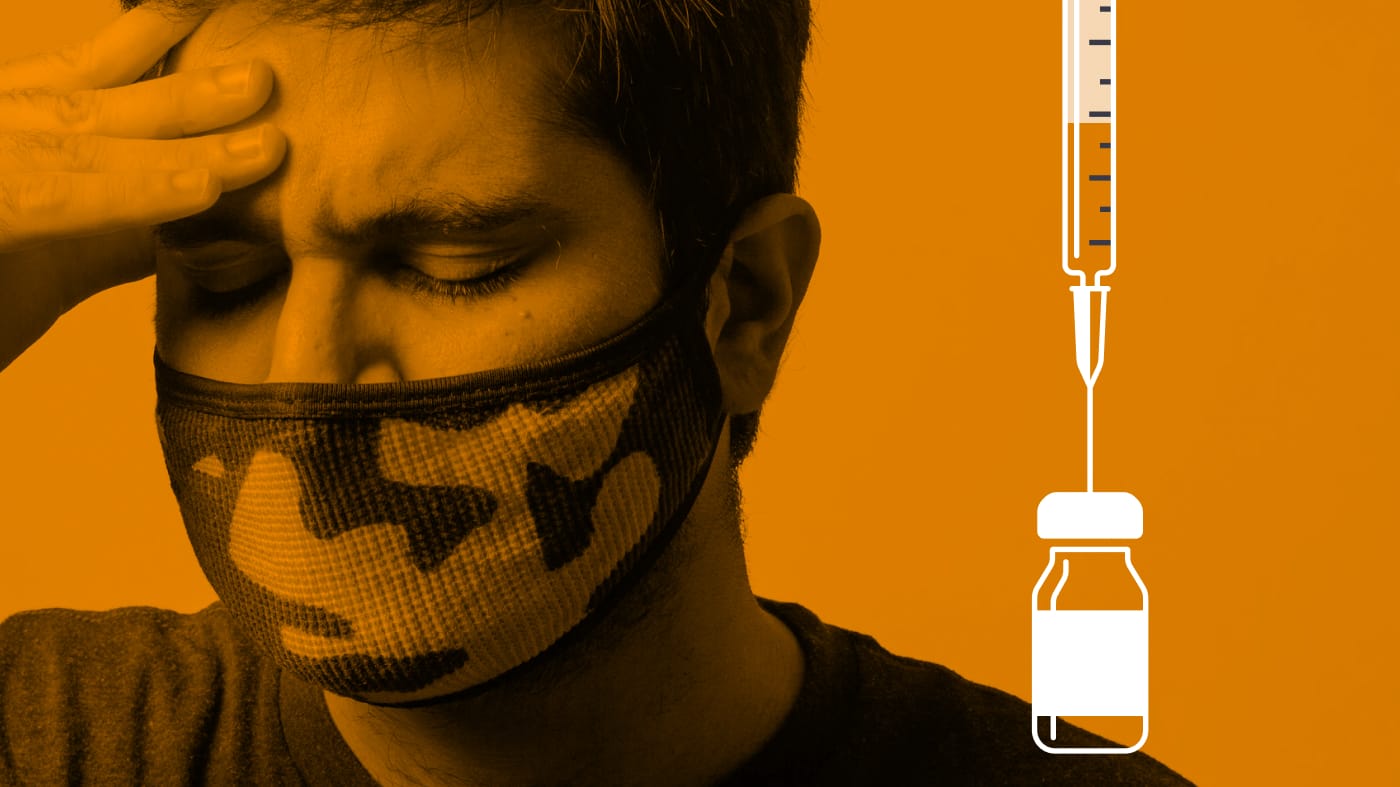A joint mission of national and international experts was recently conducted in China from February 16-24, to better understand the COVID-19 outbreak and what works to control it. A detailed mission report was released on February 28, and experts from Resolve to Save Lives identified some key insights from it.
China has taken historic measures to aggressively control the spread of COVID-19, including coordination at the highest level of government, closing wet markets, control of transportation, cancellation of mass gatherings, and full engagement of society to adhere to containment measures.
Although the overall case fatality ratio in China is high (3.8%), provinces outside of the epicenter in Wuhan had a much lower case-fatality ratio (0.7%) as seen in the figure below. Nationwide, the case fatality ratio was 0.7% for patients with symptom onset after Feb 1. Provinces outside of Hubei had more time to prepare for containment and a lower burden of cases to manage. They also had sufficient capacity (intensive care beds, trained staff, supplies and equipment) to treat the most severe cases.
The massive cordon sanitaire (restricting the movement of people) in Wuhan and neighboring areas effectively prevented ongoing spread of disease to the rest of the country.
The scale and speed of the Chinese response will be difficult to match in other large countries or those without manufacturing capacity. In China local producers of test kits were able to produce and distribute as many as 1.6 million test kits a week. China was also able to urgently escalate the number of acute care beds to treat patients, including increasing bed capacity by more than 50,000 in Wuhan alone.





